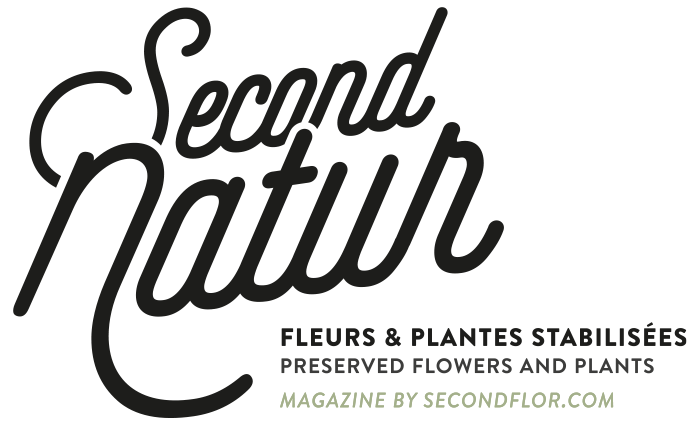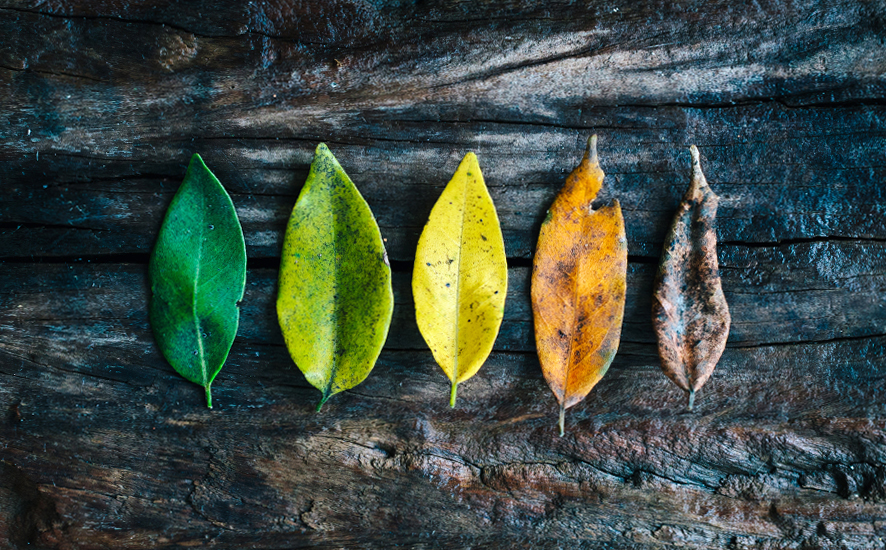1 year ! 2 years ! Who says better ?? 5 years to my right! Ahh, sir … 10 years! Given to this gentleman who commits on a lifetime of 10 years. What is the lifetime of a stabilized plant? Many actors of stabilized flowers and plants engage. And yet, by simply analyzing the semantics of the situation, one can realize the ridiculousness of the answer.
Preserved and stabilized plants are DEAD
Preserved flowers, foliage and mosses have something in common with the cut vegetables: they are dead. In the case of cut flowers, they only have a few days left in the terminal phase before wilting and being no longer presentable. In the case of preserved plants, this stay is prolonged. Even after several years, the flower will have lost its superb, but will not become dust during the night. It is therefore ridiculous to speak of life span for a plant element that is no longer alive and will not degrade brutally.
The lifespan depends on the stabilisation performed
As we regularly explain in this magazine, there are many different preservation techniques. Every manufacturer has its secret formulas, its machines. The quality of the stabilisation may thus vary significantly from one manufacturer to another. The behaviour of the plant over time will thus diverge from one series to another. It can be considered that within the same batch of plants, insofar as the raw material is 100% natural, the results may also vary. Also take into account storage conditions, the period of the year. These are factors that affect the behaviour of the plant.
It is therefore very difficult to make a generality and to announce a particular duration within a family of plants or stabilisation techniques.
Each plant species evolves in a different way
Each species evolves differently over time depending on many parameters, the main one being the stabilisation technique. For example, ferns tend to curl up and become darker. The TreeFern expands and becomes clearer over the months. The flat foam dries somewhat to the touch, but does not change visual rendering. Foam spray ball tends to thin out. The eucalyptus Parvifolia becomes almost black while the Nicoli remains light green for a very long time. Hydrangea by immersion tends to dry while Hydrangea Extra, stabilized by absorption, will remain flexible for many years. Ditto for extra amaranth which does not lose its flowers unlike the preserved version that crumbles after only a few months.
You will have understood: one can not make generalities on the evolution of plants stabilized over time.
Some guidelines for the use of your preserved plants and flowers
If each plant has its own behaviour according to production criteria, its appearance evolves mainly depending on the conditions of use. Most stabilized flowers and plants can not tolerate moisture. Glycerin is attracted by moisture. If the humidity level of the air is high, glycerin will seek to get out of the plant, carrying with it some food colouring.
However, if the air is too dry, the plants tend to dry more quickly. Worse, if they are exposed to direct sunlight for a long time, colours may pass faster.
Strangely, the lichen works completely differently. It remains soft in wet conditions and becomes brittle when the humidity of the air goes below 40%. Let us note that the lichen is stabilized according to a technique of its own.
In conclusion, the conditions of use of the stabilized plants must be respected as good as possible in order to optimize their shelf life. Do not hesitate to contact the customer service of the shop, www.secondflor.com to know more about your plants.
A QUALITY SELECTION
The buying service of your favourite shop knows perfectly the constraints of the preserved plants. That’s why we do our utmost to select the best plants. The criterion of longevity of use is paramount. Yet nature is capricious. We can not control each bouquet, and some lots or bouquets may have stabilisation defects. There are also differences in the assessment criteria. What is acceptable for some is not necessarily for others. Standardization in particular. As the stabilized plant is frozen, customers often expect a quasi-industrial product. It must be borne.
To learn more about preserved plants and flowers, browse the What is it? section. To find inspiration for your creations, see our guests’ WORKS here.

